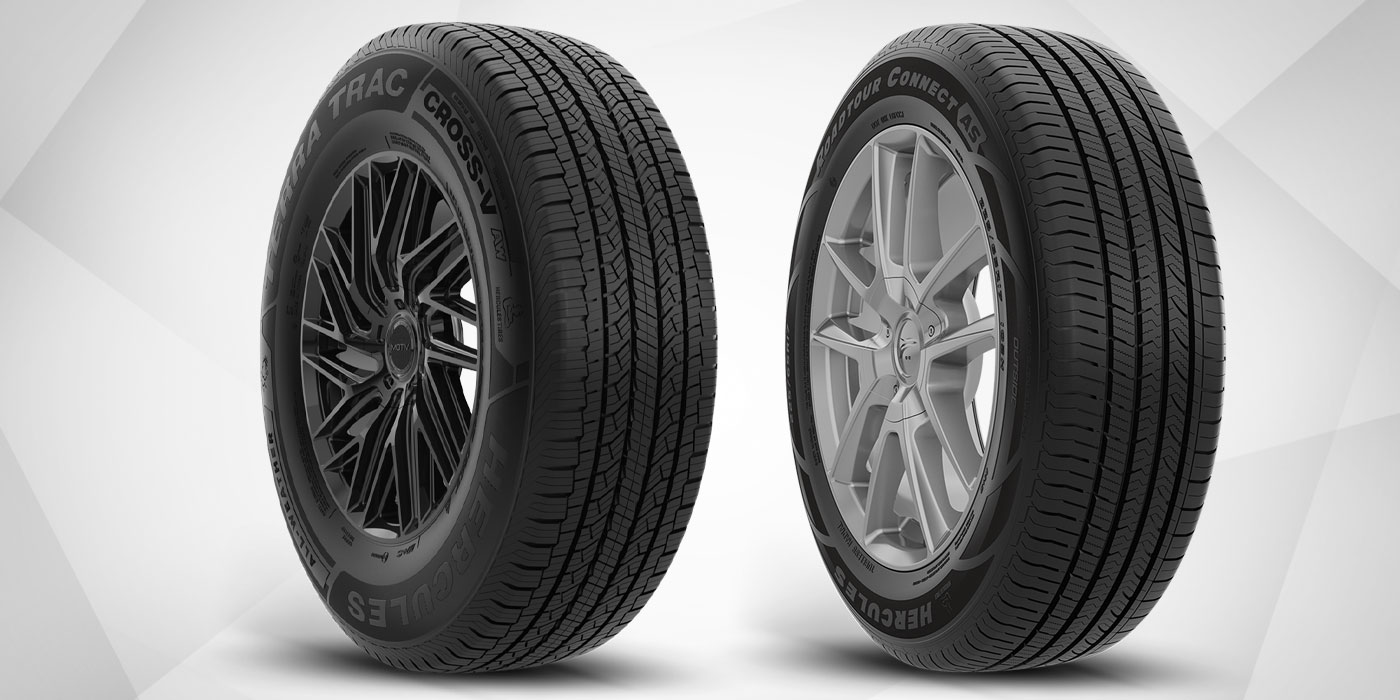We’re at 100% TPMS compliance now. Are we having fun yet? To keep customers in your shop, plan on investing in diagnostic scanners and software, not to mention a serious investment in personnel who have an aptitude for technology.
Just this week, I had a friend who owns a local tire store call me regarding what to do about an air pressure adjustment on a 2007 GM 2500HD truck after installing custom wheels. This scenario is playing out all over the country and so leads me to discuss it here to help as many people as possible to be prepared to deal with this issue.
The “problem” arose after replacing the LT245/75R16E tires, which have a maximum pressure of 80 psi, with LT285/70R17D tires, which have a maximum of 65 psi. Looking at our load and inflation table, we see that this load range D tire has more maximum load capacity than the load range E tire that was removed. Thus, we are safe on the load, but we are operating at a lower pressure.
When the tires were installed using only 50 psi (for driving with no load), the low pressure alert was triggered. To correct this, the air pressure was raised to 65 psi. This is now above the threshold (80 psi – 25% = 60 psi) to trigger the alarm. This will work for this application, but what about the applications where the nominal pressure needs to be recalibrated in the PCM?
As we have discussed before, many vehicles built in the last few years have the ability to have parameters like tire size and air pressure changed. Finding a dealer who will or knows how to make the change is a challenge. That leaves many of us to fend for ourselves. The best way to keep the car dealerships from taking our business is to acquire the tools and personnel who can make these changes as needed, perhaps even becoming the ‘go to’ service center in your area.
Training for Success
For more than two years, TIA has incorporated TPMS training into its ATS program. I have completed this training to become a certified ATS and TPMS instructor.
This is a classroom/hands-on course offered at various times and in multiple locations. Be prepared for a three-day class to become an instructor, plus one additional day to get your certificate to become an advanced instructor who is able to certify someone else as an instructor. Cost for the program is $550 for the three-day class and $950 for the four-day class (TIA non-member prices are higher).
What you get is a wealth of materials including the basic information that you would expect and the lift application guide from the Automotive Lift Institute showing how to properly lift different vehicles. Much of the hands-on training focuses on proper mounting/demounting of tires on wheels with sensors.
One important tip that I learned applies to demounting a tire. Ask yourself or your technicians this question: Once the bead lever has pulled the tire bead over the top of the wheel flange, do you reverse rotate the assembly to unfurl the bead toe?
This quick and often overlooked procedure can prevent the bead from tearing. The bead toe can sometimes get curled under by the pry action of the bead lever, but after a quick reverse rotate, the tire bead toe is now relaxed and will slide on the edge of the bead lever. This technique is demonstrated first hand in the TPMS DVD that accompanies the training manual and materials. In addition to these topics, a new video on lug nut torque procedures has been released and is included with the ATS program.
According to Chris Bell, director of training for TIA, they are developing a stand-alone TPMS program that will include the information now offered in the ATS program. The biggest benefit will be to provide specific training on the programming tools and procedures needed to tackle the types of issues that we face. To accomplish this, TIA has hired Sean MacKinnon as the director of automotive training. His job is to develop this enhanced program, which is tentatively slated to debut late this year.
The technical information to be used will be derived from the Mitchell1 Tire Pressure Monitoring Procedures manual. One of the specific vehicles cited in the current TIA TPMS training manual is a 2002-2004 Jeep Cherokee.
Here are a couple examples of some of the issues that the manual can help with: For this vehicle, the manual provides a complete overview detailing how this specific system works. It lets you know that the vehicle has to achieve 25 mph to activate the sensors. Next, threshold limits are discussed as well as 0what you should see on the Electronic Vehicle Information Center (EVIC). Other topics include: relearn procedures, mounting/demounting guidelines (including the torque needed to tighten the hex nut), system faults, diagnostics and verification tests.
The Right Equipment
To find out what some shops are doing to stay in the game, I contacted Drew Palmer, a service technician for Duffy’s Repair Service. He ran down a laundry list of scan tools and software that are needed to access OBD data for a variety of brands. He tells me that they used the NGS tool for Ford up until about 2005 or so, but now use the IDS (Integrated Diagnostics System) software loaded on a laptop, which is the same program that car dealer technicians use.
I searched for the NGS tool online and found current products listed for about $3,000. I called a dealership for the price on the IDS, but had no luck. Palmer tells me they had to turn over every rock to get one. I can believe that. Other tools such as the GM Tech 2 and the Chrysler DRBiii are selling in the same ballpark. That’s more than $9,000 for just three brands!
Mind you, these are not just diagnostic tools, they are two-way programmers that can access and change settings in the PCM (when allowed). I found a company called Network Tool Warehouse (networktoolwarehouse.com) that offers a variety of these scan tools. Then there is Drew Technologies (drewtech.com), which offers a J2534 PassThru device that is connected inline between your laptop and the vehicle. J2534 is an SAE standard that allows independent shops to access data for the purpose of diagnosing and repairing the vehicle.
Since its inception in 2000, this EPA-mandated standard has been revised with J2534-1 and J2534-2 addendums.
Doing the Math
Most of these programs have initial and/or subscription-based costs. Looking at this from an investment standpoint, the thousands of dollars needed to perform these operations will turn into tens of thousands of dollars in revenue. Many instances cited on the drewtech.com site show a potential ROI of up to 500%. With an estimated 75-100 million vehicles with this technology, we should be recruiting Internet and computer savvy personnel who can soak all of this information up and put it to good use by drawing customers into our shops. Does anyone have the number to GeekSquad?













